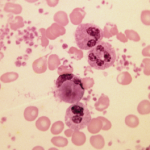CHICAGO—Many nonsurgical therapies are available for knee osteoarthritis pain, but they vary greatly in effectiveness. “How should I proceed and figure out what to do with our patients?” asked David T. Felson, MD, MPH, professor of medicine at Boston University School of Medicine, during OA Management Without Surgery in 2018, a session at the 2018…








